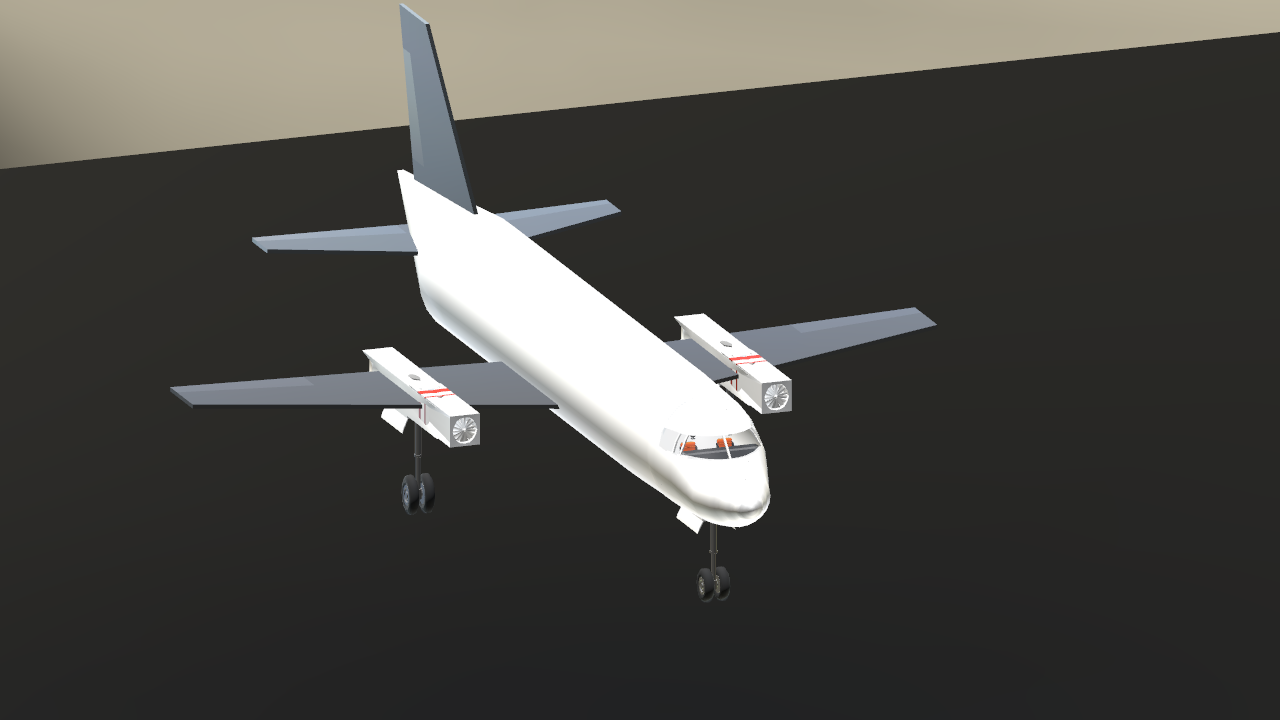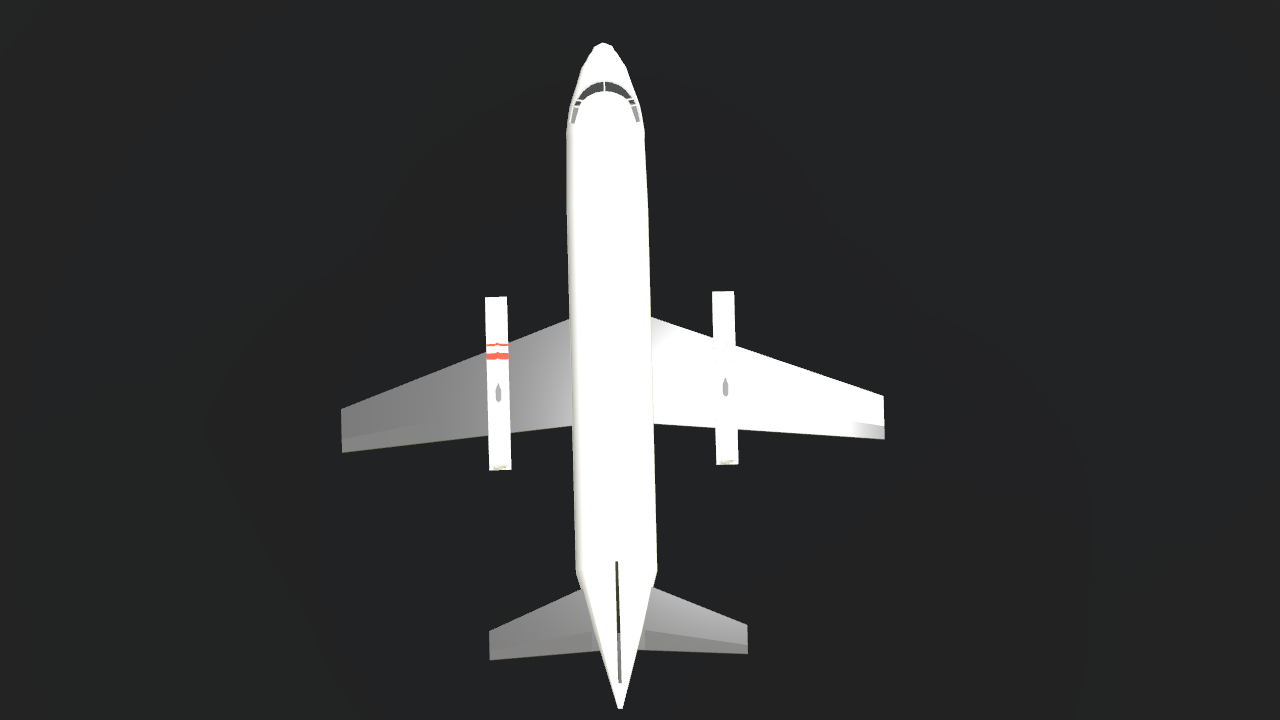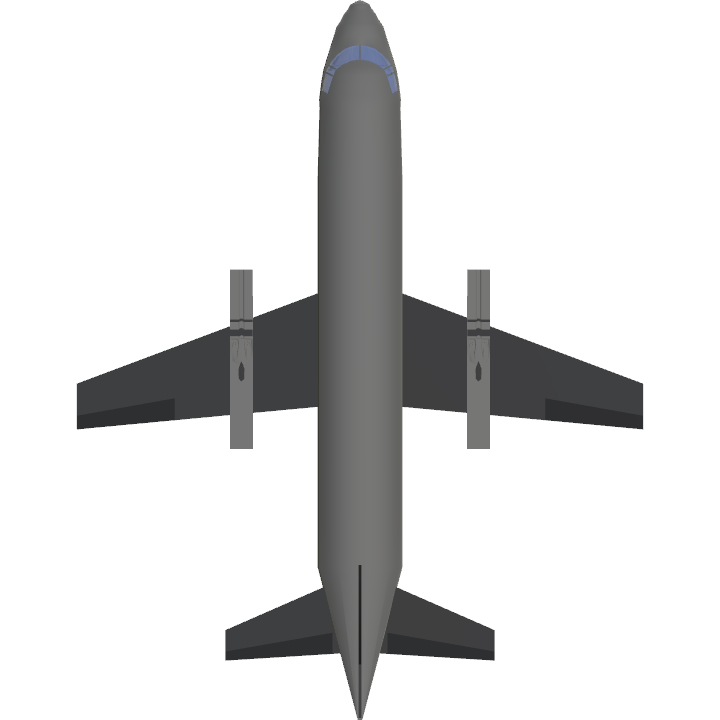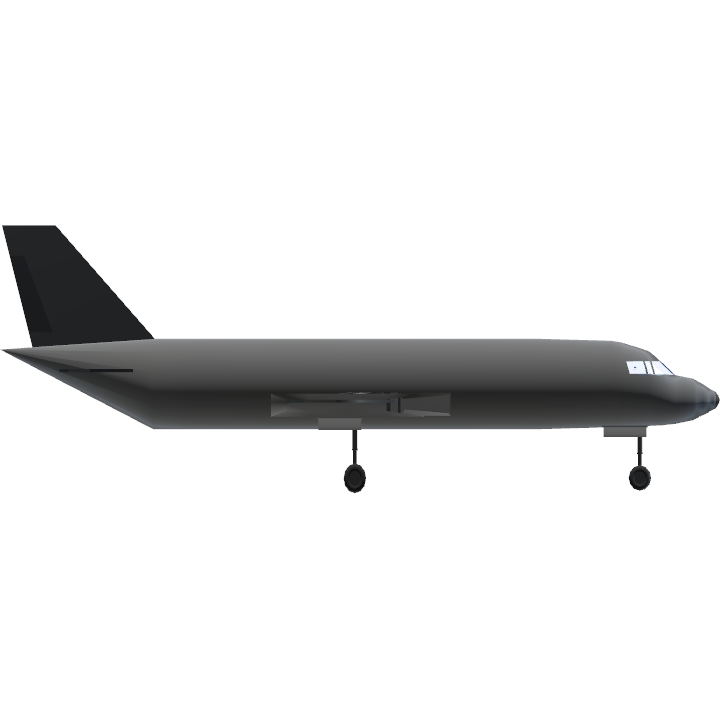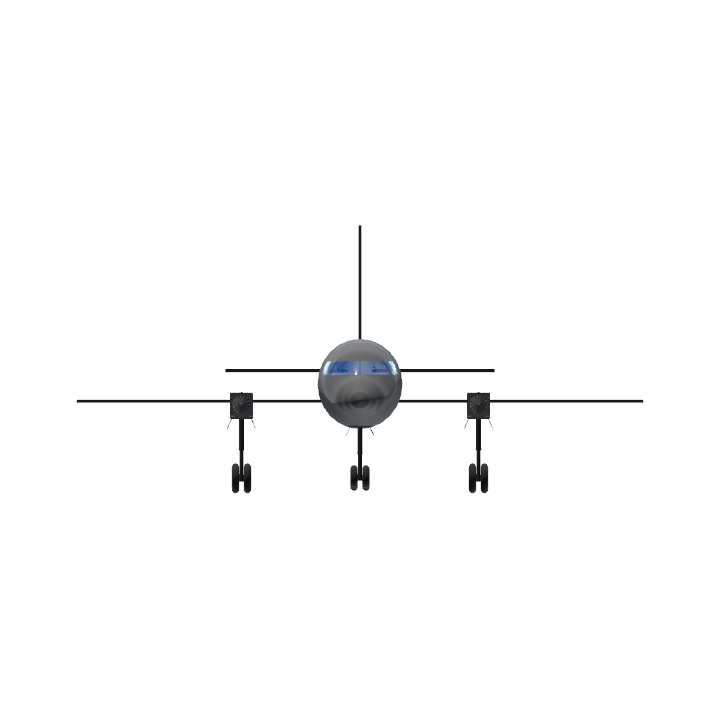About the Terroform Jet-Series TJ10-100
The Terroform TJ10-100 is a sleek, modern short-haul jet airliner designed for regional routes and high-efficiency commuter service. With seating configured for roughly 70–90 passengers, it hits the sweet spot between capacity and flexibility, making it ideal for airports with limited infrastructure or short runways.
Design & Aerodynamics
The airframe has a clean, low-slung fuselage with a high-aspect-ratio wing to optimize lift and fuel efficiency.
Winglets at the tips reduce drag, improving cruise economy and lowering fuel burn.
The tail features a T-tail arrangement, helping to keep the rear fuselage clean and maximizing internal volume.
Propulsion
It is powered by two Blasto J50 turbojet engines, mounted under the wings on streamlined pylons.
Each Blasto J50 delivers very strong thrust, giving the TJ10-100 excellent climb performance and cruise speed. (In some lore / simulation contexts, the J50-like engines are noted to produce very high thrust.)
simpleplanes.fandom.com
The twin-jet configuration provides redundancy, enhancing safety and reliability for commercial operations.
Performance
The TJ10-100 is optimized for subsonic cruise, designed to operate efficiently at Mach ~0.75–0.80.
Its range is well-suited for regional hops — long enough for city pairs of a few hundred to maybe a thousand kilometers, but not designed for ultra long-haul.
Takeoff is impressively brisk, thanks to the powerful J50s, which also give it strong climb capability.
The aircraft's systems include advanced digital engine control (FADEC) to manage the Blasto J50s efficiently across flight regimes.
Capacity & Layout
Typically configured in a single-aisle layout with comfortable seating, the cabin is designed to maximize passenger comfort while keeping turnaround times low.
Large overhead bins and wide, tall windows give a feeling of openness.
The cockpit is equipped with a modern avionics suite, catering to regional airline pilots, with intuitive displays and fly-by-wire controls.
Operational Benefits
The TJ10-100 is especially cost-effective for airlines that want to serve smaller markets without sacrificing performance.
Its twin-jet powerplant gives it redundancy and reliability, while the efficient design reduces fuel consumption per seat.
Its size allows it to use airports that larger jets avoid, giving airlines operational flexibility.
Maintenance is streamlined: the Blasto J50 engines are designed (in this imagined setting) for relatively quick servicing, and the airframe is built with modular systems for easy turnaround.
Safety & Redundancy
With two engines, the aircraft can continue flight even if one engine fails, providing a strong safety margin.
Modern avionics include terrain awareness, advanced autopilot, and engine health monitoring.
The airframe is built with reinforced fuselage sections and crashworthy landing gear to help in the unlikely event of an incident.
Market Position & Use Cases
Ideal for regional airlines, commuter operators, or even private operators who need a fast, efficient short-range jet.
Could serve city-to-city routes (e.g., secondary airports) or act as feeder service into major hubs.
It might also be used in charter operations, particularly for business or tourism routes where speed and flexibility are valued.
Aesthetic & Brand Identity
Terroform positions the TJ10-100 as a next-generation commuter jet: efficient, modern, and reliable.
Branding emphasizes its “green regional jet” image — not necessarily in terms of alternative fuels, but in maximizing efficiency and minimizing emissions per passenger.
Its livery often features clean lines, sleek metallic finishes, and elegant typography — reinforcing the idea of speed and sophistication.
Specifications
General Characteristics
- Created On Windows
- Wingspan 60.4ft (18.4m)
- Length 77.2ft (23.5m)
- Height 28.6ft (8.7m)
- Empty Weight 17,011lbs (7,716kg)
- Loaded Weight 22,660lbs (10,278kg)
Performance
- Power/Weight Ratio 0.991
- Wing Loading 31.0lbs/ft2 (151.2kg/m2)
- Wing Area 731.9ft2 (68.0m2)
- Drag Points 8176
Parts
- Number of Parts 109
- Control Surfaces 5
- Performance Cost 600

